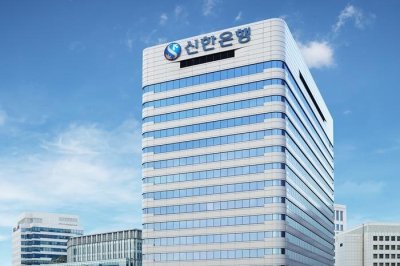Shinhan, NH Nonghyup launch loans for foreign employees

Shinhan Bank is one firm that has introduced a credit loan product for non-Korean workers here. Photo courtesy of Shinhan Bank
SEOUL, Sept. 30 (UPI) — Lenders Shinhan Bank and NH Nonghyup Bank have introduced new credit loan products for foreign employees in South Korea.
Shinhan Bank said Tuesday that the firm is offering loans of up to $14,200 with repayment terms ranging from six months to three years. It is available to holders of such visas as F2, F5, E7, and E9.
Eligible applicants need to have at least six months remaining on their stay and have received salaries through Shinhan Bank for the past three straight months. Applications can be made at the bank’s branches or via its mobile app.
To improve accessibility, the bank noted that some of its branches near industrial parks that employ large numbers of foreign workers have remained open on Sundays since July.
“We have come up with a credit loan product to make it easier for non-Korean customers to access financial services,” Shinhan Bank said in a statement. “We will continue to expand tailored services for international clients.”
NH Nonghyup Bank rolled out a similar loan program Tuesday. The credit limit is $21,300, with repayment terms ranging from six months to six years, and most other conditions mirror those of Shinhan Bank.
While domestic lenders have traditionally focused on Korean customers, they are increasingly expanding services for foreign residents as their numbers grow.
According to the Ministry of Justice, the foreign population here jumped around 35% over the past three years, from 1.96 million in 2021 to 2.65 million in 2024. The figure is expected to approach 3 million this year.
The Financial Supervisory Service also reported that the number of foreign borrowers at the country’s four major banks — KB Kookmin, Shinhan, Hana and Woori — surged 60% from late 2022 to early 2025.


